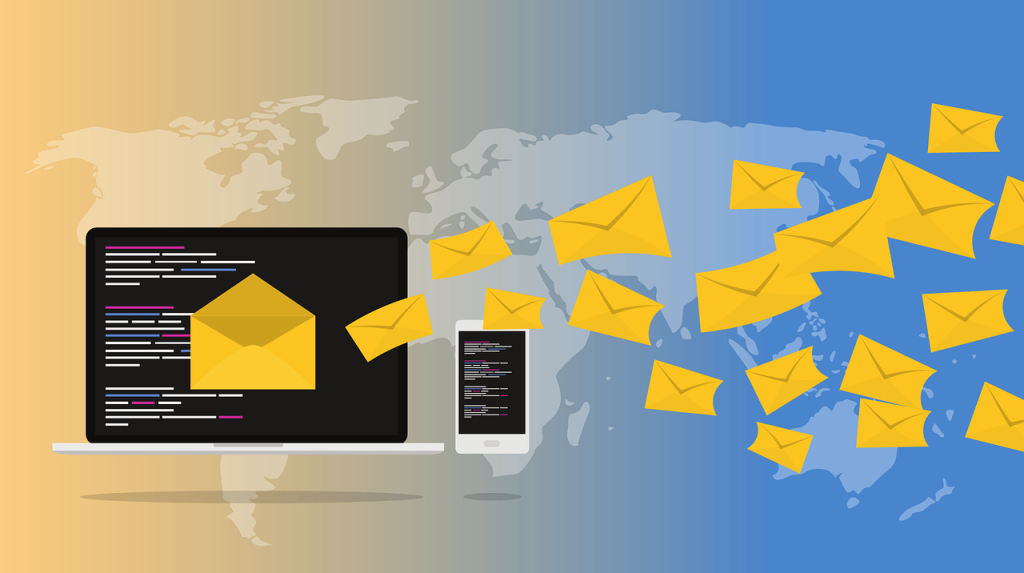Email spam has long been a nuisance, flooding inboxes with unsolicited messages, wasting time, and posing potential security risks. As technology advances, so do the methods used by spammers. Fortunately, artificial intelligence (AI) offers a smarter approach to combatting email spam.

By leveraging AI algorithms and techniques, organizations can enhance their spam filtering capabilities, improving email security and user experience. In this article, we will explore the role of AI in combatting email spam, with a focus on email security strategies and other effective methods.
I. Understanding Email Authentication:
Email authentication is a crucial aspect of preventing email spoofing and phishing attacks. It verifies the authenticity of email senders and enables the recipient’s email server to validate incoming messages. Let’s delve into some widely used email authentication protocols:
Sender Policy Framework (SPF):
SPF is an email authentication protocol that allows domain owners to define which IP addresses are authorized to send emails on their behalf. By publishing SPF records in the Domain Name System (DNS), domain owners specify the permitted senders for their domains. When receiving an email, the recipient’s server checks the SPF record to verify the email’s source.
To check your SPF record use this free SPF record check tool.
DomainKeys Identified Mail (DKIM):
DKIM employs cryptographic authentication to verify the integrity of an email message and its source. The sender’s domain adds a digital signature to the email header using its private key. The recipient’s server then uses the sender’s public key, obtained through DNS, to validate the email’s signature. This ensures that the email has not been tampered with during transit.
To check your DKIM record use this free DKIM checker tool.
Domain-based Message Authentication, Reporting, and Conformance (DMARC):
DMARC is an email authentication protocol that builds upon SPF and DKIM. It enables domain owners to specify policies for how email receivers should handle emails that fail SPF or DKIM checks. A DMARC policy also provides valuable reporting features to help domain owners monitor email activity and potential abuse.
You can use a DMARC checker tool to check your record.
II. AI-powered Techniques for Spam Filtering:
While email authentication protocols significantly improve email security, they are not foolproof. AI can enhance spam filtering capabilities by analyzing email content, metadata, and user behavior. Here are some AI-powered techniques used to combat email spam:
Content-based Filtering:
AI algorithms analyze the content of incoming emails, looking for patterns, keywords, and other indicators of spam. Machine learning models are trained on large datasets to identify and classify spam emails accurately. These models continuously learn and adapt to evolving spam techniques, ensuring high accuracy in spam detection.
Natural Language Processing (NLP):
NLP techniques enable AI systems to understand and analyze the meaning of text in emails. By leveraging NLP, spam filters can detect subtle indicators of spam, such as deceptive language, suspicious links, or attempts to manipulate the recipient.
Reputation Systems:
AI-powered reputation systems assign scores to email senders based on their historical behavior. By considering factors like the sender’s IP address, domain reputation, and email engagement metrics, these systems can identify spammers and prioritize legitimate emails.
User Behavior Analysis:
By analyzing user behavior patterns, AI algorithms can identify anomalies and deviations from normal email activity. For example, if an account suddenly starts sending a large volume of emails or exhibits unusual interaction patterns, it may indicate a compromised account used for spamming.
III. Additional Methods to Combat Email Spam:
In addition to email authentication and AI-powered techniques, there are other methods that can help combat email spam effectively:
User Education:
Educating users about common phishing techniques, suspicious email signs, and best practices for email security can significantly reduce the chances of falling victim to spam or phishing attacks.
Spam Reporting and Feedback Loops:
Email service providers often offer mechanisms for users to report spam. These reports can be used to train spam filters and improve their accuracy. Feedback loops between email receivers and senders can help identify legitimate senders mistakenly marked as spam.
Blacklisting and Whitelisting:
Maintaining a list of known spammers (blacklist) and trusted senders (whitelist) helps filter out spam. AI systems can automatically update these lists based on known spam sources and user feedback.
Conclusion:
As email spam continues to evolve and pose challenges to individuals and organizations, the use of AI presents a smarter approach to combatting this persistent problem. By implementing email authentication protocols, leveraging AI-powered techniques, and adopting additional methods, we can enhance email security, reduce spam, and ensure a safer and more efficient communication experience for users. Together, let’s harness the power of AI to combat email spam effectively.










Track Calls log and Spy Call Recording.
Monitoring SMS text messages remotely.
Cell phone GPS location tracking. Spy on Whatsapp Messages.
Free Update and 100% Undetectable.
Internet Browsing History and Read phone Access Address Book, totally
worth your money, please no time wasters,They won’t under any
circumstances work for free, you can reach them by their email: via, Henryclarkethicalhacker@gmail.com and get your job done instantly.